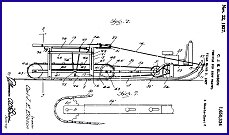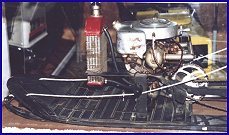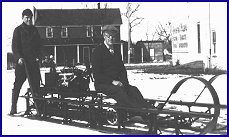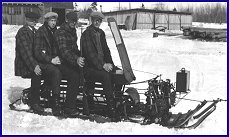 |
Click On Any Picture To See Full Screen View |
| Continue To Phase II | |||
| Back To Main Menu | Summary & Credits | Photo Gallery | |
Carl Eliason & Co.,Inc. Copyright © 1997 All Rights Reserved
For more information contact:
Carl Eliason & Co., Inc.
2954 State Highway 155
Sayner, WI 54560



